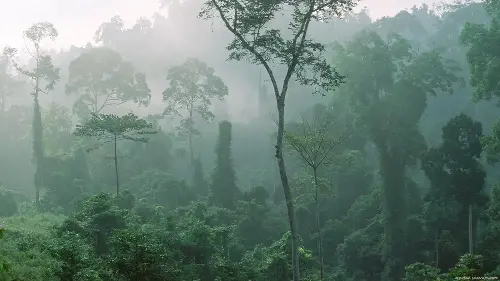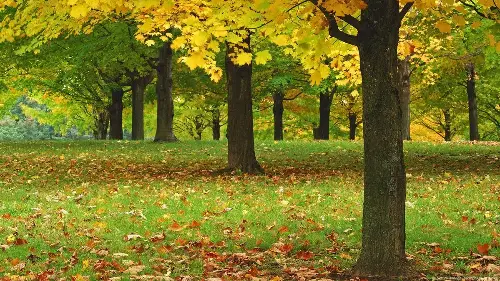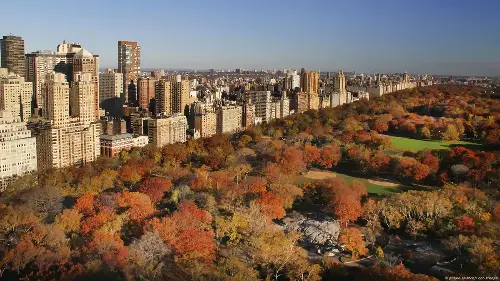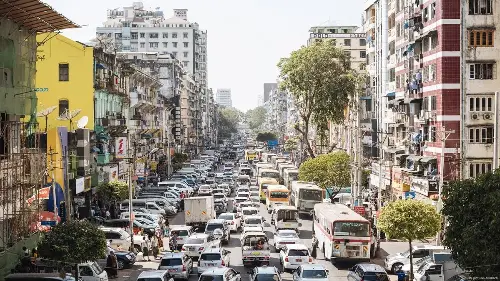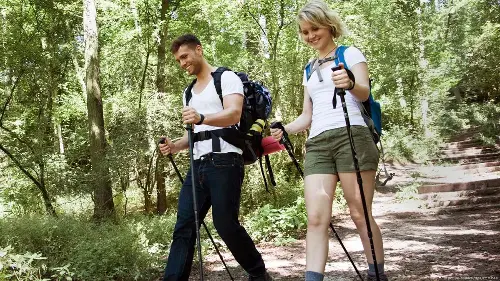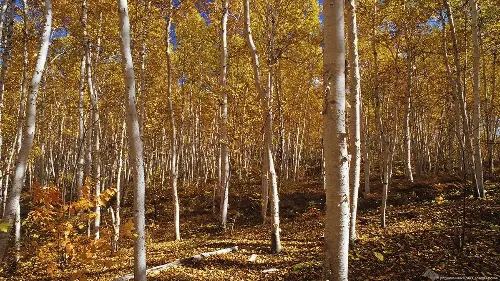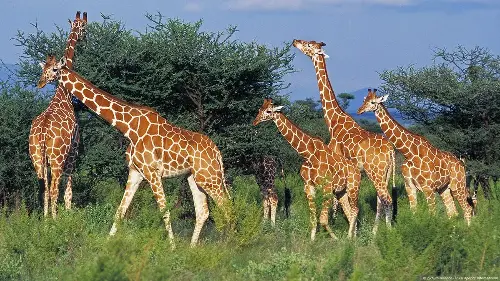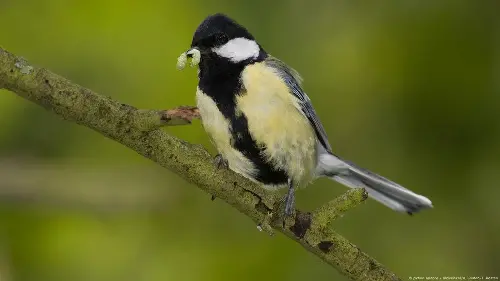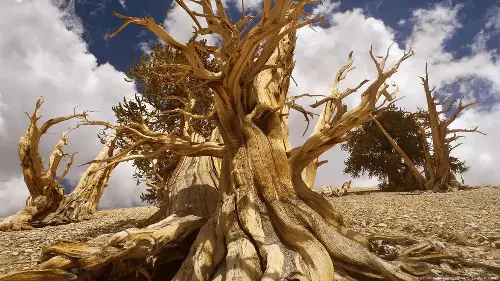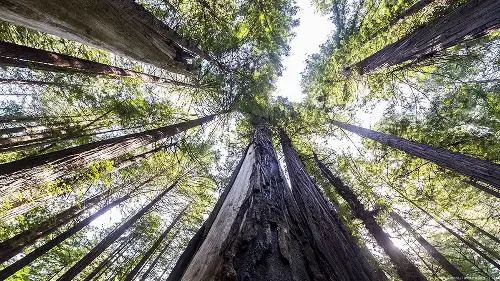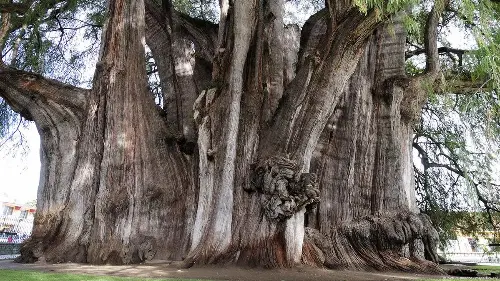
In recent years, carbon credits have become a possible solution for the climate-conscious looking to offset their greenhouse gas emissions from air travel, for instance.
They became so popular that the voluntary carbon market, where such carbon credits are bought and sold, nearly quadrupled in value between 2020 and 2021, bringing it to €2 billion ($2.1 billion).
Up to half of those carbon credit programs were devoted to reforestation initiatives. Aviation accounts for close to 3% of global CO2 emissions alone — the majority being passenger flights — and some forests can store up to 1,000 tons of CO2 per hectare. So, investing in planting new trees can be a tempting solution to a troublesome problem.
Take, for example, a return flight from Frankfurt, Germany to Atlanta, US, for two people. According to one estimate by Trees for All, a Netherlands-based charity devoted to planting trees "at home and abroad," this would emit around 4.5 tons of CO2 — or roughly the same amount as a typical passenger vehicle in one year.
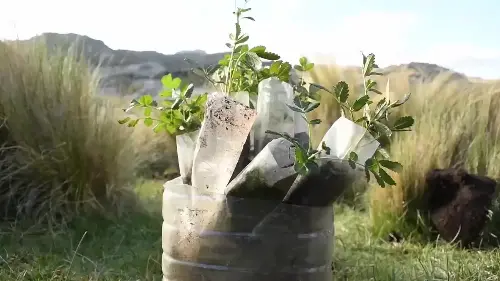
Planting enough trees to compensate for those emissions would cost around €100, or €22 per ton of CO2 according to that same estimation.
But how easy is it to tell if a carbon offset project is legitimate? DW spoke with two experts.
Information and cost matter
The cost of credits bought and sold on the voluntary carbon market, like in the flight example, can vary significantly, and a low price isn't necessarily a good deal for the environment.
"On average it usually costs about $20 to $30 a ton to really have an impact if you're going to be either planting trees or take a forest out of timber production and prevent it from turning into agriculture," said Elias Ayrey, co-founder of Renoster, a company that helps assess carbon offsets.
But the price tag isn't the only thing to look out for.
Danny Cullenward, a climate economist and lawyer, emphasizes the importance of looking beyond certification and monitoring claims, though he says some information he looks for as an expert is "usually not presented to consumers."
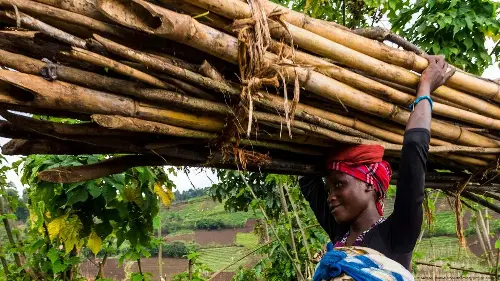
Nevertheless, he advises asking "what's the project? What's the methodology that goes straight to the technical information?"
The most important questions are, first, was this forest definitely going to be cut down in the first place? In other words, is the project truly leading to new carbon reductions?
The next question Cullenward and other experts would ask is, what's the "baseline?" So, if the forest gets cut down, how much CO2 would it have released into the atmosphere? And by not cutting it down, how much CO2 would it be storing?
How does the voluntary carbon market work?
There are several carbon markets that exist alongside each other. For example, compliance markets, which enforce legal standards, such as the EU's Emissions Trading System. There's also Article 6 of the Paris Agreement, which allows nations to trade carbon credits in pursuit of lowering emissions.
However, the voluntary carbon market, where corporations and individuals can buy credits, is largely self-regulated, said Ayrey, and is made up of several entities.
First, there are the registries, which are private entities not regulated by any supervising body. They generally write their own rules and issue the credits.
Next are the project developers who create the projects and sell the credits. Another separate entity, the auditors, check to see if the projects comply with the rules written by the registries.
The credits are then bought and sold by brokers. Some take a magnifying glass to the projects, but not all of them do, said Ayrey, who worked for a carbon broker for several years after earning his doctorate in forest sciences. Crucially, there's not really much oversight, if any. That's a problem, added Ayrey, given that the top project developers are based in the US and the EU — while most of the forest-based credits are in the Global South.
Factors to consider with forestry projects
Efforts to replant deforested areas and protect existing forests are seen as one of the keys to fighting climate change. Ayrey considers reforestation to be a good solution, but sometimes the reality on the ground looks different.
When he was first working for a carbon broker, he evaluated a wide range of projects. The findings were "disturbing," for example, a conservation project on the edge of the Amazon rainforest.
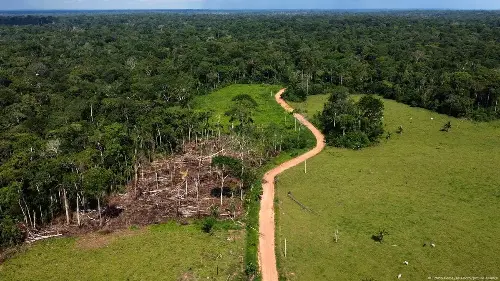
Not only had the project failed to stop deforestation when faced with outside aggressors and impotent police, but "its credits were still and still are circulating around," Ayrey said. "Very few carbon projects have ever been cancelled following a scandal, in fact single digits."
Another example was a $200-million project affiliated with the UN's reforestation and emissions-reducing REDD+ program claiming to protect forests in the Mai Ndombe region of the Democratic Republic of Congo from being cut down. However, those forests are swamp forests, said Ayrey, and would have no value as timber, or as land for growing crops, which means the project wasn't really leading to new carbon reductions.
To make matters worse, many residents had no idea they were living on project land — or that they were entitled to part of the roughly $200 million Ayrey estimates to have been brought into the area through the scheme. A 2020 report by the NGO Rainforest Foundation UK found that, over a 10-year period, the money that went back into communities from the project was equivalent to each resident receiving between $0.10 and $0.76. Unfair distribution of the funds has also led to violence, said Ayrey.
Are all forest-related carbon credits suspicious?
The voluntary carbon market saw a steep decline, dropping from its 2021 high to $723 million in 2023. Some in the industry put that down to concerns over the legitimacy of carbon offsetting programs.
But are all such programs problematic? Experts disagree on this point. When it comes to offsetting flight emissions, Cullenward sees one's money best spent elsewhere because the rules are based on a hypothetical that's hard to prove.
"Were you going to cut down the forest? Well, maybe I can pay you to not do that. And ultimately you can't verify what that person says they were going to do," he said.
Ayrey, however, hasn't given up hope. "I have seen carbon projects that are paying over 200,000 small families in impoverished Africa to plant trees on their farms, and, for example, the nation of Uganda, thanks to one of these projects, is visibly greener from space."
Ayrey believes that the industry could be fixed if it were regulated.
"If common sense rules were put in place, it could work. And I know this because I have seen it work a lot of times. It just doesn't work the majority of times," he said.
Edited by: Tamsin Walker and Jennifer Collins
This article was adapted from an episode of DW's Living Planet podcast. Find the full audio version here.
